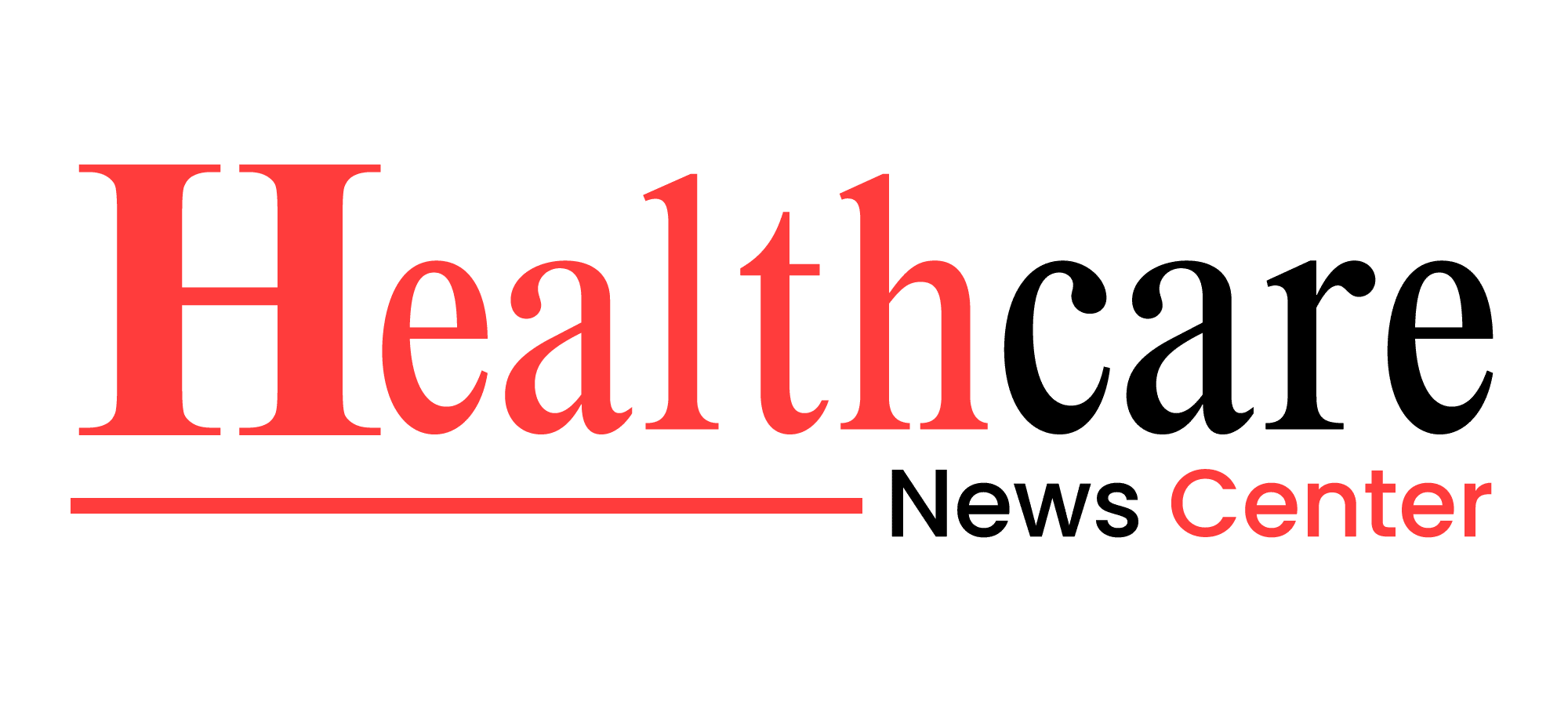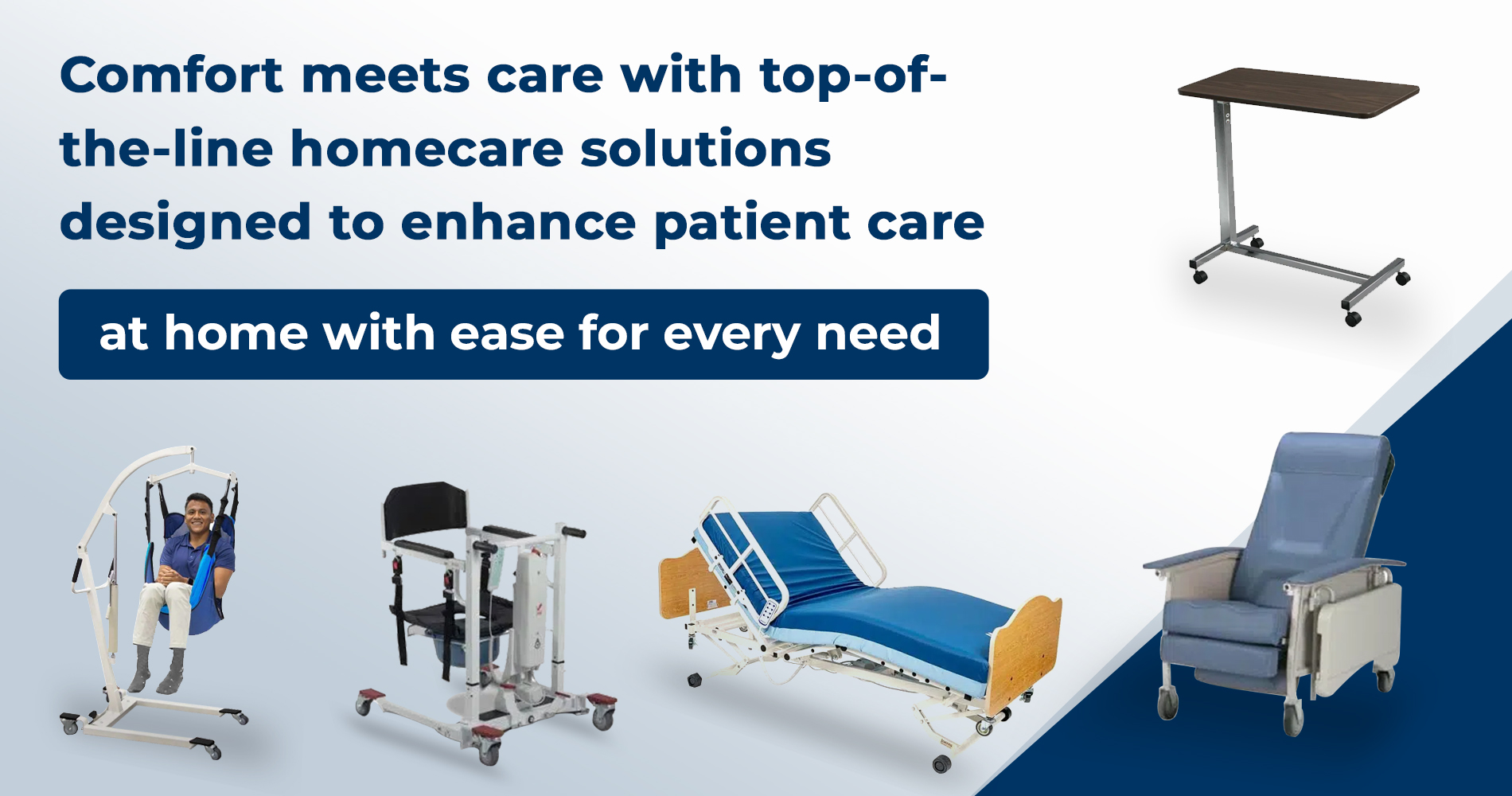The Urgent Shift to mHealth Services in a Vulnerable System
The American healthcare system is undergoing a digital revolution, and at the forefront of this transformation is the explosive rise of mHealth services. These services, ranging from mental health apps to chronic disease trackers, are now a $64.8 billion market projected to reach $253 billion by 2034 (Market.US). With over 40% of that market rooted in North America, the U.S. is seeing a surge of adoption across hospital systems, private employers, and community health networks.
“mHealth is not just a convenience; it’s becoming a lifeline for underserved communities, rural patients, and overloaded hospitals,” says Dr. Regina Holt, Director of Digital Health Strategy at Cleveland Clinic.
Major players like Teladoc Health, Apple (via HealthKit), and Fitbit (now part of Google) are rapidly expanding their mHealth offerings. These include AI-powered symptom checkers, real-time medication reminders, and even mood tracking apps for early intervention in mental health crises.
Meanwhile, healthcare systems are using mobile health apps to manage everything from diabetes to hypertension, helping reduce preventable ER visits and improve long-term outcomes.
Real-Time Monitoring: The Backbone of mHealth Expansion
At the core of the mHealth surge is the growing deployment of real-time health monitoring systems—wearables, biosensors, and smart devices that capture and transmit vital data instantly. In 2025, this market alone is valued at $17.8 billion, on track to double by 2034 (GlobeNewswire).
Remote patient monitoring, once a niche tool, is now standard in chronic care management. Programs using devices like Dexcom G7, Apple Watch Series X, and Withings ScanWatch are reducing hospital readmissions by as much as 32% in some Medicare Advantage cohorts.
“We’re finally seeing predictive care in action—monitoring heart rhythms, glucose levels, and respiratory function before a crisis strikes,” says Dr. Alonzo Graham, Chief Medical Officer at Humana.
These real-time capabilities not only empower patients but also streamline physician workflows and lower insurance payouts.
The Rise of mHealth Startups in the USA
The U.S. is also becoming a breeding ground for mHealth startups, with over 1,200 new digital health companies launched since 2022. Focus areas include:
- AI-guided therapy (e.g., Woebot Health)
- Telepsychiatry and mental health apps (e.g., Talkspace, Headspace Health)
- Community-based chronic care management platforms (e.g., Omada Health, Livongo, now part of Teladoc)
These mHealth startups USA are solving real access problems for vulnerable populations, including low-income seniors, veterans, and those in Medicaid-managed care plans. Partnerships between health systems and startups are also expanding rapidly—for example, the CVS-Aetna and Wellframe collaboration is helping deliver post-discharge care via secure mobile apps.
Cybersecurity in Healthcare: A Growing National Threat
But with opportunity comes risk. As digital platforms expand, cybersecurity in healthcare is reaching a breaking point—especially among smaller providers and rural hospitals.
A recent study by the American Hospital Association revealed that 25% of rural hospitals are failing to meet basic cybersecurity standards. Many have no full-time IT security staff, and some are operating on Windows 7-based systems, long unsupported by Microsoft. These vulnerabilities are being exploited at a growing pace.
“Healthcare ransomware attacks have risen over 120% year-over-year, and rural facilities are prime targets,” says Theresa Payton, former White House CIO and CEO of Fortalice Solutions.
In March 2025, Ozark Regional Medical Center in Missouri suffered a catastrophic ransomware attack, halting operations for 9 days and leading to the diversion of emergency care to hospitals up to 200 miles away. The breach affected over 8,000 patient records and resulted in $4.2 million in damages.
Read more about this at Chief Healthcare Executive.
The Medicaid Budget Crisis and Systemic Risk
The risk isn’t isolated to digital platforms—it’s deeply tied to healthcare budget cuts, particularly at the federal level. A sweeping reorganization of the U.S. Department of Health and Human Services (HHS) in early 2025 is triggering Medicaid funding reductions of up to 12% in some states.
For rural and safety-net hospitals that rely on Medicaid for up to 70% of their revenue, this is a death knell—not just for operations, but for cybersecurity resilience and staffing.
“These budget cuts are not just administrative—they’re existential for small hospitals already operating in the red,” says Nancy Patel, Director at the American Rural Health Association.
Analysts warn that without federal grant support for IT modernization, the very hospitals serving the most digitally disconnected and medically fragile communities will be the first to fall victim to data breaches or ransomware shutdowns.
The Intersection of Innovation and Inequity
mHealth services and real-time monitoring systems promise a smarter, more proactive approach to care. Yet, without the proper safeguards and equitable investment, these innovations could exacerbate existing disparities.
The Opportunity:
- Increased reach through mobile health apps
- Cost-effective disease management for insurers
- Enhanced chronic care coordination
The Risk:
- Data breaches and ransomware attacks
- Uneven tech literacy and device access
- Underfunded rural hospitals becoming digital weak spots
As the U.S. healthcare system digitizes at warp speed, the balance between innovation and protection will define the decade.

